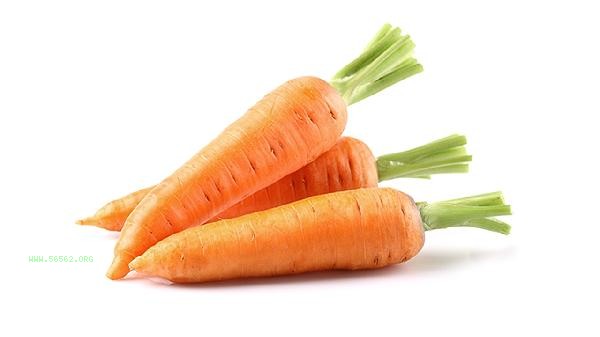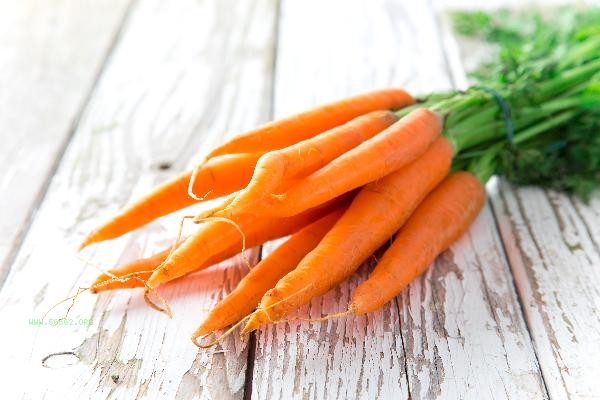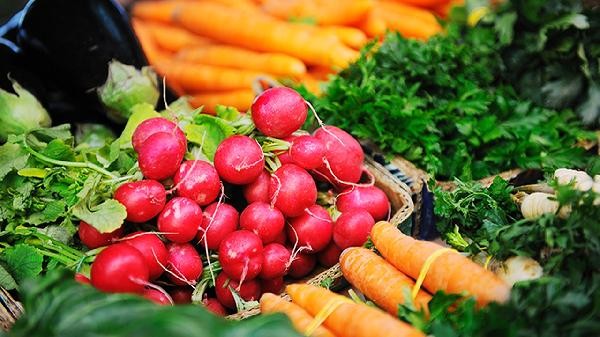The bitter taste of radish is usually related to variety characteristics, abnormal growth environment, or improper storage. The main reasons include variety factors, high temperature and drought, excessive nitrogen fertilizer, late harvesting, and storage deterioration.

1. Variety factors
Some radish varieties themselves contain high concentrations of glucosinolates, which are natural compounds that can decompose and produce bitter components when chewed. For example, some traditional local varieties or wild type radishes have significantly higher levels of bitter substances than common cultivated varieties. Choosing sweet varieties suitable for raw food can avoid this problem.
2. High temperature and drought
Continuous high temperature and water shortage during the growing season can lead to abnormal metabolism of radish roots and promote the accumulation of bitter substances. Under drought stress, plants will synthesize more secondary metabolites for self-protection, which often have a bitter taste. Maintaining stable soil moisture and avoiding extreme weather conditions during planting can improve quality.
3. Excessive application of nitrogen fertilizer
Excessive application of nitrogen fertilizer can disrupt the balance of carbon and nitrogen metabolism in radish, promoting the synthesis of nitrogen-containing bitter substances such as alkaloids. Especially in the late stage of growth, the application of nitrogen fertilizer is more likely to lead to the accumulation of bitter substances in the roots. Suggest controlling the amount of nitrogen fertilizer and increasing the application of phosphorus and potassium fertilizers to regulate nutrient ratios. 4. Carrots harvested too late, exceeding the optimal harvesting period, will exhibit lignification, increased fiber content, and increased concentration of bitter substances. Carrots should be harvested in a timely manner before bolting in spring or before frost in autumn. At this time, the fleshy roots are fully developed but have not yet entered the physiological aging stage, resulting in the best taste.

5. Storage deterioration
Carrots that have been refrigerated or frozen for a long time can undergo cell damage, and enzymatic reactions can lead to the breakdown of bitter precursor substances. Excessive humidity in the storage environment may also cause mold growth and produce bitter toxins. It is recommended to wrap it in newspaper and place it in a cool and ventilated place, avoiding mixing it with other fruits and vegetables that release ethylene.
Before consuming bitter radish, try peeling it as most bitter substances are concentrated near the skin. Blanching or salting can also partially dissolve bitter ingredients. If the bitterness is accompanied by abnormal spiciness or tingling sensation, there may be pesticide residues or disease contamination, and consumption should be stopped. When making daily purchases, pay attention to the cross-section of the radish. It is best to have a dense, white flesh without hollows. Cooking with protein rich ingredients such as tofu and meat can effectively neutralize the bitter taste. Special populations such as those with gastrointestinal sensitivity should control their intake of raw radish.









Comments (0)
Leave a Comment
No comments yet
Be the first to share your thoughts!